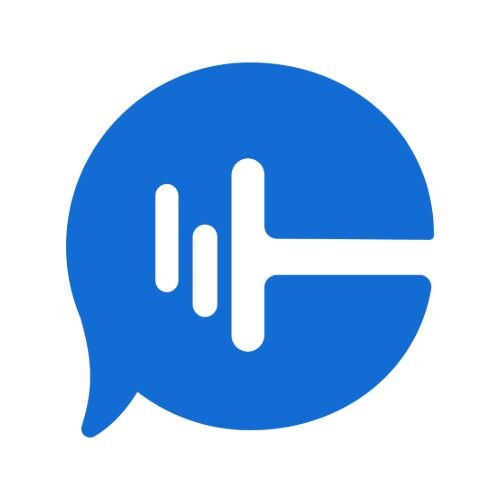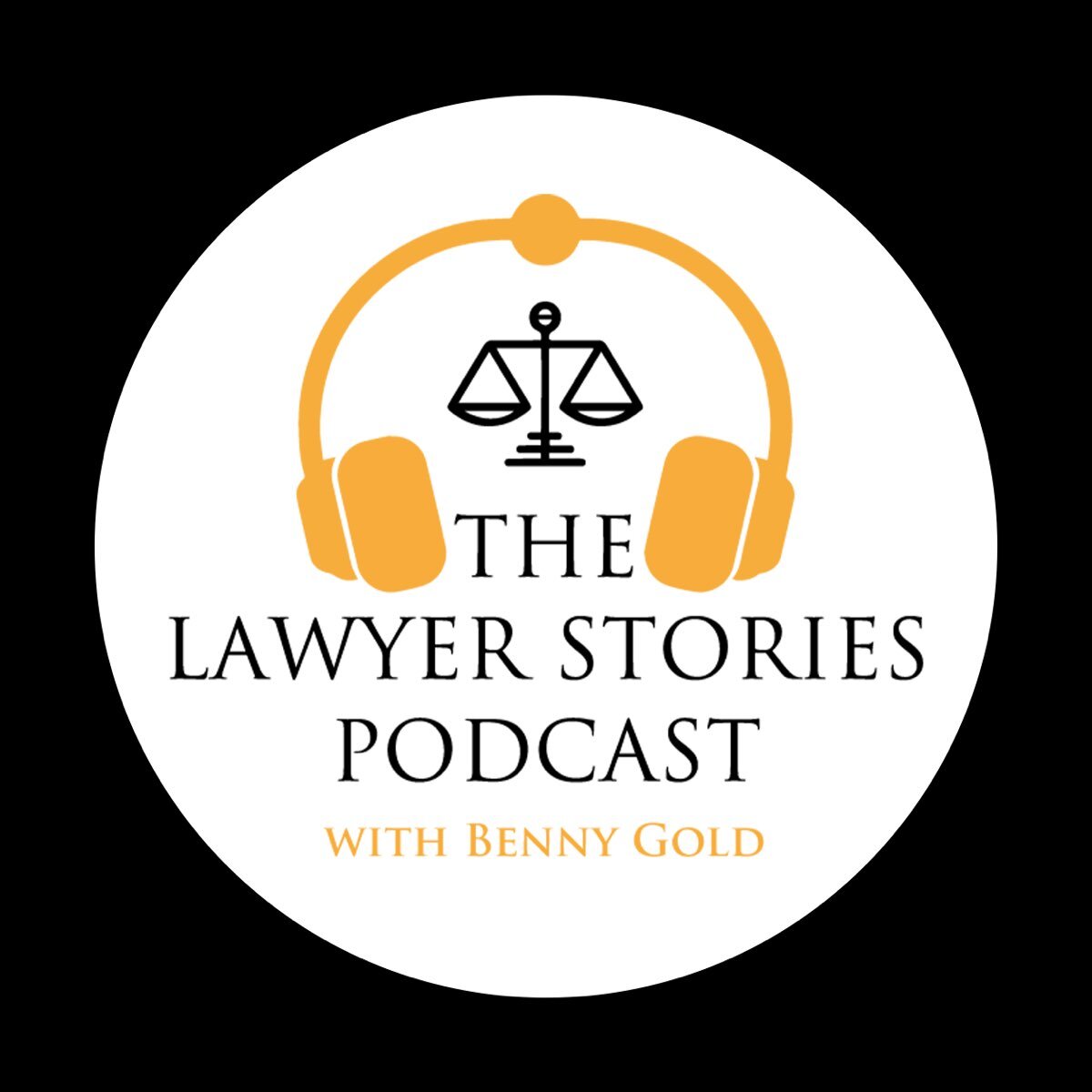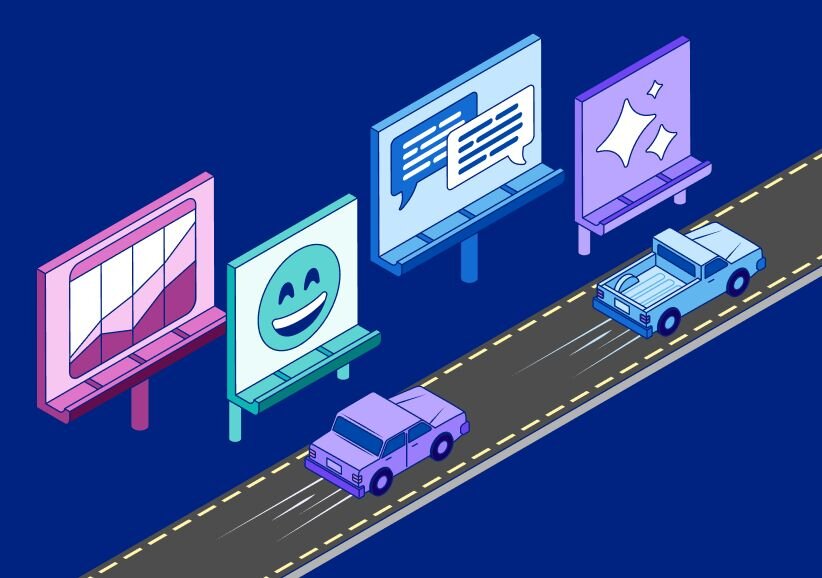Machine Learning: A bit of history
If you’ve seen the film “The Imitation Game,” you should remember the pivotal scene where Alan Turing’s machine comes to an abrupt halt. In that moment the Enigma cryptography machine was cracked, changing the direction of WWII and the future of technology forever. Turing later went on to use this breakthrough as a springboard to developing the Turing Test in 1950, which has been documented as one of the first ventures into Machine Learning (ML) and Artificial Intelligence (AI).
In nearly 70 years, we have gone from building computers that take up entire rooms to having super-powered computers everywhere. These computers are in our pockets, on our wrist, in our cars – we can talk to them, control our homes, tell them what music to play, where to book a reservation, and so much more. This did not happen by chance. It required more than a half-century of innovation, failure, and adaptation to get to where we are today. At CallRail, we are proud to say that we are harnessing the power of ML and AI to build our Conversation Intelligence tools—helping you analyze conversations and determine where your highest quality leads are coming from.
CallScore
CallScore is the main engine that our Conversation Intelligence tools are built upon. CallScore is a tool that harnesses machine learning technology to analyze the quality of conversations with your customers. Our ML model determines whether each call is a lead by utilizing important call-specific information, including call transcription, duration, call type (i.e. first-time callers), and other call metadata. Let’s take a closer look at what it took to build CallScore.
Machines, math, and problem solving
In early 2016, we set out to build a way to automatically analyze customer sentiment and behavior using machine learning technology. One of the most challenging aspects was the human requirement that it takes to collect the data. We wanted to stay away from building and developing something that was not going to work for our customers out-of-the-box. To start, we looked at hundreds of thousands of phone calls from 10-15 of our main customer industries. We also took a close look at the demographics of our customers, and what similarities they had in their calls.
To make sense of this data, we hired a team of people to analyze what I can only describe as “tons” of phone calls. Our human data took nearly five months to score, collect, and organize before we could even begin building out our first prediction model. These first models we created taught us a lot when developing the CallScore engine.
Throughout the last 18 months, we have created large data sets of human-scored calls and experimented with countless methods of natural language processing, text analysis, and classification. We built model after model, finally coming up with the right architecture and algorithms, resulting in the CallScore engine our customers know today. Our accuracy levels have surpassed our customers’ expectations as well as our own, and best of all, we include CallScore as a free add-on for all CallRail accounts!
Automation Rules and Call Transcriptions
Conversation Intelligence is more than just being able to automatically score your calls. It also means being able to transcribe a phone call using Transcriptions, while also searching for your most important keywords or phrases using Automation Rules immediately after a call has ended.
Building out these features meant diving deeper into solutions that provided machine learning, primarily Natural Language Processing. Much like how Apple’s “Siri” can determine what you are asking her in real-time, Transcriptions can do the same with your phone calls. When a call ends, the transcription model analyzes the audio of the call and provides a transcription in return. It’s pretty amazing considering a computer is analyzing audio signals, gathering possible words that were spoken, and context within minutes of the call ending!
Automation Rules works in a similar fashion: When a call ends, we check to see if any of the keywords or phrases you specified were triggered during the call. We then apply the CallScore or tags you have configured for each keyword. This allows you to analyze your calls more effectively and pull granular reporting more easily.
What does the future hold?
The future of Conversation Intelligence at CallRail is bright. Our team will keep investing in emerging technologies, while also enhancing our ML models. You will also continue to see performance, design, usability improvements of CallScore, Transcriptions and Automation Rules. The bottom line is that ML and AI are here to stay and we are diving in head first.
TL;DR – Machine Learning and Artificial Intelligence is a big deal, and you should try these amazing features we built for you.











